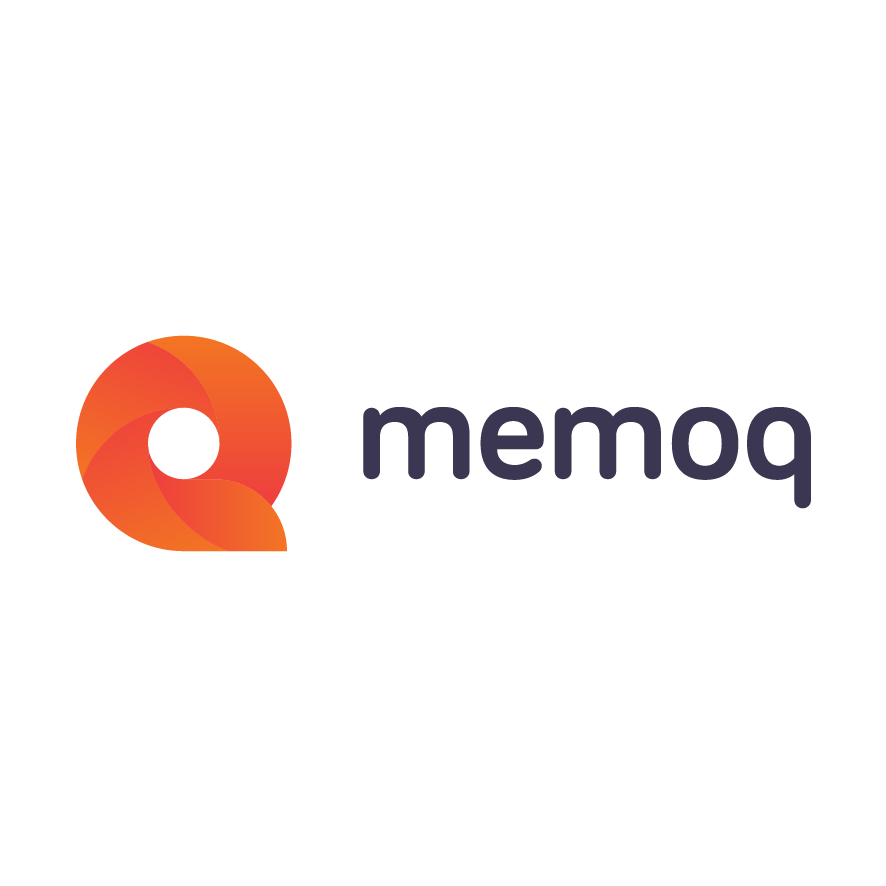One of the things that always interested me was how people are categorising. In a way, the buyers categorise the products, whereas the vendors categorise the buyers, so there is definitely payback! And what is this categorisation based on? Well, most probably this is what marketing is about.
Kilgray was always a great company in making impressions on individuals. We have always tried to address individuals, rather than having profiles of the potential buyers, and once a customer got interested in our offering, we were happy to explain in detail what we are doing. However, looking at two - otherwise very interesting - reports that were published in the past month, I have a slight impression that it wasn't our marketing that was driving things, but rather our competitor's marketing.
The LT Innovate report, which I have only downloaded and glanced through, identifies one group of technologies as "Standalone utilities", and puts memoQ and SDL Trados into this group as examples. The TAUS Technology landscape report gives a fuzzy match to this, and calls it "Stand Alone Utilities", citing... surprise! memoQ and SDL Trados in this group. And this honestly makes me cry...
The way we see ourselves is that we are the company that turned collaborative translation - or, as we called it back in 2004/2005, team translation - into reality. While of course a lot of people and companies know about memoQ, many put it into the "Trados replacement" category. This was good until last year, but starting this year we're seeing fewer and fewer deals where we are competing with or replacing SDL Trados, so this is becoming a risk.
So all in all, I don't know whom I should thank for our success to date. The identification of memoQ as the easy choice for replacing Trados drove us a lot of cash, and contributed to our growth. We never saw ourselves as a replacement, and in fact, until 2011, our desktop software sales were not doing great: most of the translators only bought memoQ because a company asked them to. Even today we are selling more value in server products than in desktop products, so this is why I don't see how we can be classified as a standalone tool.
A few years ago we agreed that we'd call Kilgray a sales-driven organization. Listening to the voice of the users spurred a dramatic growth. Today, however, when we are selling many thousand licenses per year, our users don't dare to speak up so much. We need to reach out to them. Also, we have probably reached the deal/deployment size that we aimed for. We just need to drum louder. So from this point on, Kilgray has to turn into a marketing-driven organization that is successful in formulating and communicating a message about what we're doing. memoQ is the tool that enabled collaborative translation (and I believe that it is still by far the best tool for large projects), and to me, it hurts to look at it as a "standalone tool". If it were, I would already be a millionaire, because desktop functionality only amounts to about a fifth of our development budget...
Please share your thoughts about this, and if you think you're the right person to accelerate a change, do not hesitate to apply to our job offerings: http://kilgray.com/company/careers

memoQ
memoQ is among the world's leading translation management systems. The favorite productivity tool for translation professionals around the globe.



